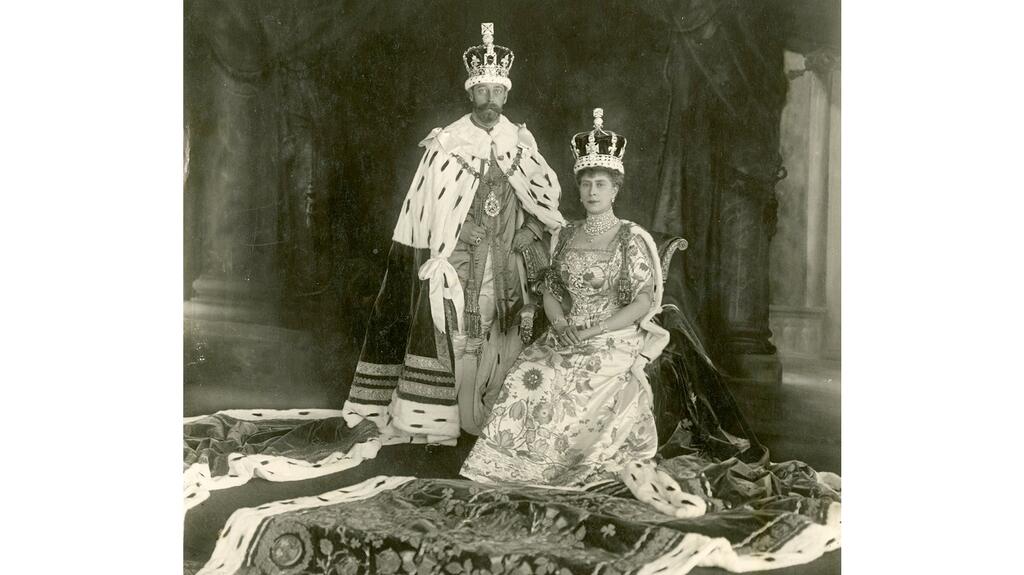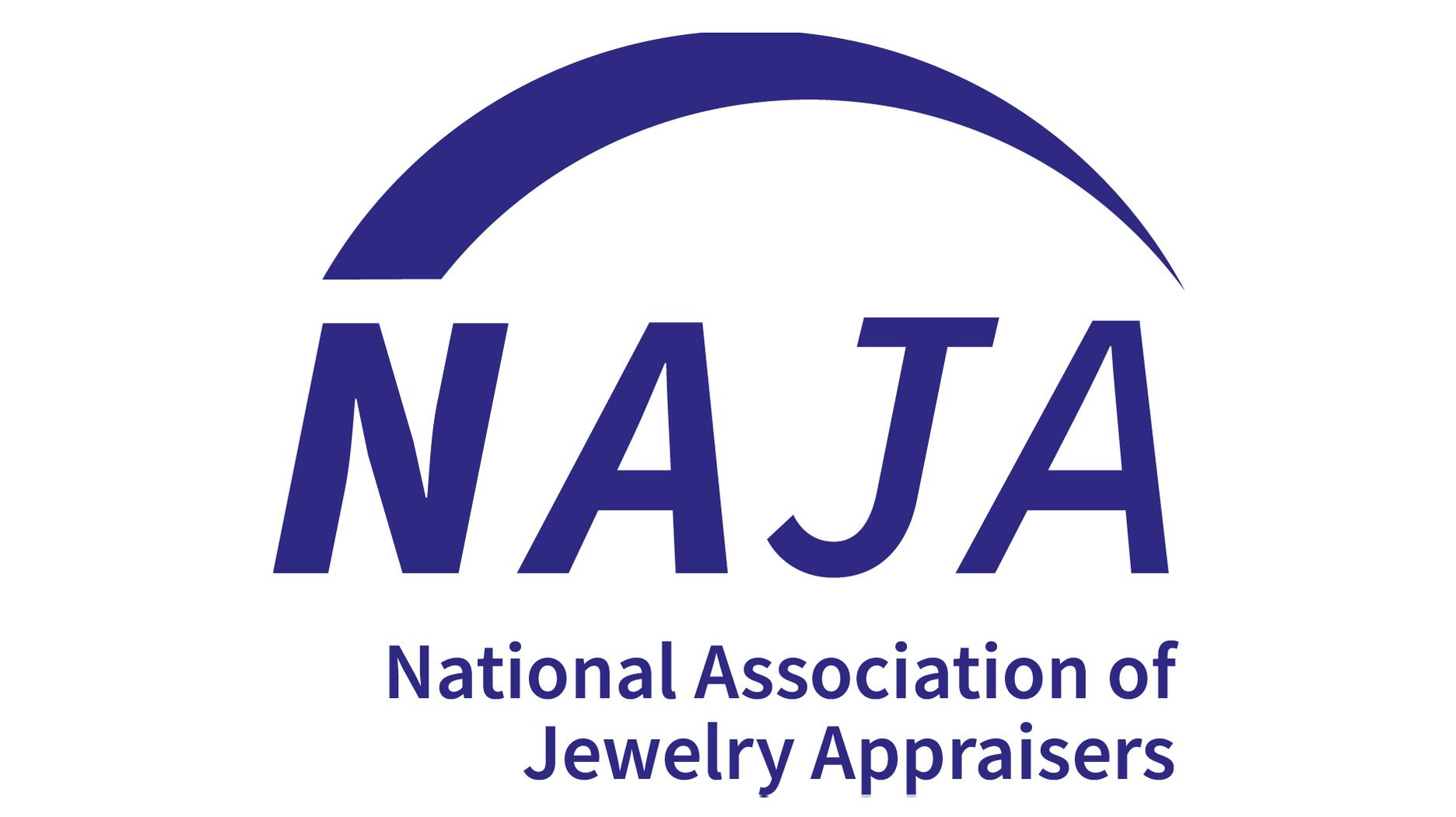Why Camilla’s Coronation Won’t Include the Koh-i-Noor Diamond
The 105-carat diamond has a complicated history with ties to Britain’s colonial rule over India.

However, the Koh-i-Noor, a 105-carat diamond with a thorny history, will be absent from the ceremony.
One of the largest cut diamonds in the world, the stone was taken from India by the East India Company and given to Queen Victoria, according to historians.
The stone’s ownership has been in dispute for years, but the issue came up again following the death of Queen Elizabeth II in September 2022, with some in India wondering aloud via social media if the diamond once again would be used in a coronation ceremony.
In response to the conversation, a spokesman for Indian Prime Minister Narendra Modi’s Bharatiya Janata political party told the Daily Telegraph that “the coronation of Camilla and the use of the crown jewel Koh-i-Noor brings back painful memories of the colonial past.”
The history of the diamond dates back centuries, with authors Anita Anand and William Dalrymple chronicling its journey in their book “Koh-i-Noor: The History of the World’s Most Infamous Diamond.” They shared parts of that story with Smithsonian Magazine in a 2017 interview.
The stone originally was part of an extravagant throne commissioned by Mughal ruler Shah Jahan in 1628.
The throne took seven years to make and cost four times as much as the Taj Mahal’s construction, as per The Smithsonian, as it was covered in rubies, emeralds, diamonds and pearls. The Koh-i-Noor diamond was placed at the top of the throne, set into the head of a peacock.
When Persian ruler Nader Shah invaded Delhi in 1739, the Peacock Throne and the Koh-i-Noor diamond were looted and taken to present-day Afghanistan.
The diamond exchanged hands several times, leading Afghanistan and Pakistan to also stake a claim to it.
In 1849, during a turbulent period in India’s history, a 10-year-old boy, Duleep Singh, and his mother, Rani Jindan, were in line for the Punjabi throne, said the authors.
This was during the colonial period and the British had set their sights on the Koh-i-Noor, as the diamond had become a symbol of power.
The British imprisoned Jindan, and her young son was forced to amend the Treaty of Lahore, a peace-making treaty signed at the end of the First Anglo-Sikh War, said The Smithsonian.
The amendment required the boy to give up the Koh-i-Noor diamond and any claim to it.
Some believe the stone is cursed due to the questionable way in which it was acquired.
The diamond has been in the possession of the British ever since and has made several appearances, last worn by Queen Elizabeth, the Queen Mother, during her coronation in 1937. She was also the last Empress of India.
At the upcoming coronation, Camilla, wife of King Charles III, will wear the Queen Mary Crown, said Buckingham Palace, which will not feature even a replica of the Koh-i-Noor diamond.
Created by Crown Jeweller Garrard for the 1911 coronation, the crown was commissioned by Queen Mary, the consort of King George V.

The crown originally included the Koh-i-Noor, but was replaced by a replica in 1937, according to the Independent, when the famous diamond was moved to the Queen Mother’s crown for that year’s coronation.
Its design was inspired by Queen Alexandra’s crown in 1902, said Buckingham Palace. The style is similar, with removable arches allowing it to be worn as a regal circlet.
Opting for the Queen Mary crown was a choice Buckingham Palace is framing as a push for sustainability, rather than cultural sensitivity.
“The choice of Queen Mary’s Crown by Her Majesty is the first time in recent history that an existing crown will be used for the coronation of a consort instead of a new commission being made, in the interests of sustainability and efficiency,” said Buckingham Palace in a statement, which did not make a direct mention of the Koh-i-Noor diamond.
The current cost-of-living crisis in the U.K. has also raised eyebrows at the idea of an expensive coronation. The last time a Queen Consort’s crown was reused was the 18th century when Queen Caroline, consort of George II, wore Mary of Modena’s crown.
However, the Crown Jeweller will make a few changes and additions to reflect Camilla’s style and pay tribute to the late Queen Elizabeth II, said Buckingham Palace.
Rather than use the replica of the Koh-i-Noor, the crown will be reset with the Cullinan III, IV and V diamonds, which were part of Queen Elizabeth II’s personal collection and often worn as brooches.
The Cullinan diamonds have been set into the Queen Mary Crown previously for temporary periods, said Buckingham Palace.
Cullinan III and IV were set in the crown for the 1911 coronation while the Cullinan V was added when the crown was worn as a regal circlet at King George VI’s coronation in 1937.
The crown has eight detachable arches. Four will be removed for the upcoming coronation to give it a different look from when it was worn by Queen Mary in 1911.
King Charles will wear St. Edward’s Crown, which has already been modified and returned to public display at the Tower of London.
The Latest

The luxury goods company said founder Ippolita Rostagno will remain at the brand’s helm.

Laura Burdese, who joined the Italian luxury brand in 2022, will take on the role in July.

The National Jeweler editors revisit the most noteworthy industry happenings and design trends from 2025.

How Jewelers of America’s 20 Under 40 are leading to ensure a brighter future for the jewelry industry.

Need a gift for the cat lover who has everything? Look no further than our latest Piece of the Week.


It purchased the “Grosse Pièce,” an ultra-complicated Audemars Piguet pocket watch from the ‘20s, for a record-breaking price at Sotheby’s.

The lab-grown diamond grower now offers custom engagement and fashion jewelry through its Kira Custom Lab Jewelry service.

Roseco’s 704-page catalog showcases new lab-grown diamonds, findings, tools & more—available in print or interactive digital editions.

Chandler got his start at Michelson Jewelers and has served as DCA president and CEO since 2001. He will retire at the end of the month.

The boutique is slated to open this week inside Terminal 8, offering pre-owned Rolex watches and more to international travelers.

Sponsored by Digital Monitoring Products

The special-edition egg pendant ingested in a New Zealand jewelry store was recovered after a six-day wait.

Associate Editor Natalie Francisco plays favorites with Piece of the Week, selecting a standout piece of jewelry from each month of 2025.

The “Love and Desire” campaign is inspired by the magic that follows when one’s heart leads the way, said the brand.

Two awardees will receive free tuition for an educational course at the Swiss lab, with flights and lodging included.

Berta de Pablos-Barbier will replace Alexander Lacik at the start of January, two months earlier than expected.

Sotheby’s held its first two jewelry sales at the Breuer building last week, and they totaled nearly $44 million.

Winners will receive free registration and lodging for its fourth annual event in Detroit.

Here are six ideas for making more engaging content for Instagram Reels and TikTok, courtesy of Duvall O’Steen and Jen Cullen Williams.

The honorees include a notable jewelry brand, an industry veteran, and an independent retailer.

Carlos Jose Hernandez and Joshua Zuazo were sentenced to life without the possibility of parole in the 2024 murder of Hussein “Sam” Murray.

Yood will serve alongside Eduard Stefanescu, the sustainability manager for C.Hafner, a precious metals refiner in Germany.

The New Orleans jeweler is also hosting pop-up jewelry boutiques in New York City and Dallas.

Set in a Tiffany & Co. necklace, it sold for $4.2 million, the highest price and price per carat paid for a Paraíba tourmaline at auction.

The jeweler’s “Deep Freeze” display showcases its iconic jewelry designs frozen in a vintage icebox.

Take luxury gifting to new heights this holiday season with the jeweler’s showstopping 12-carat sphene ring.

This year's theme is “Unveiling the Depths of the Ocean.”





























